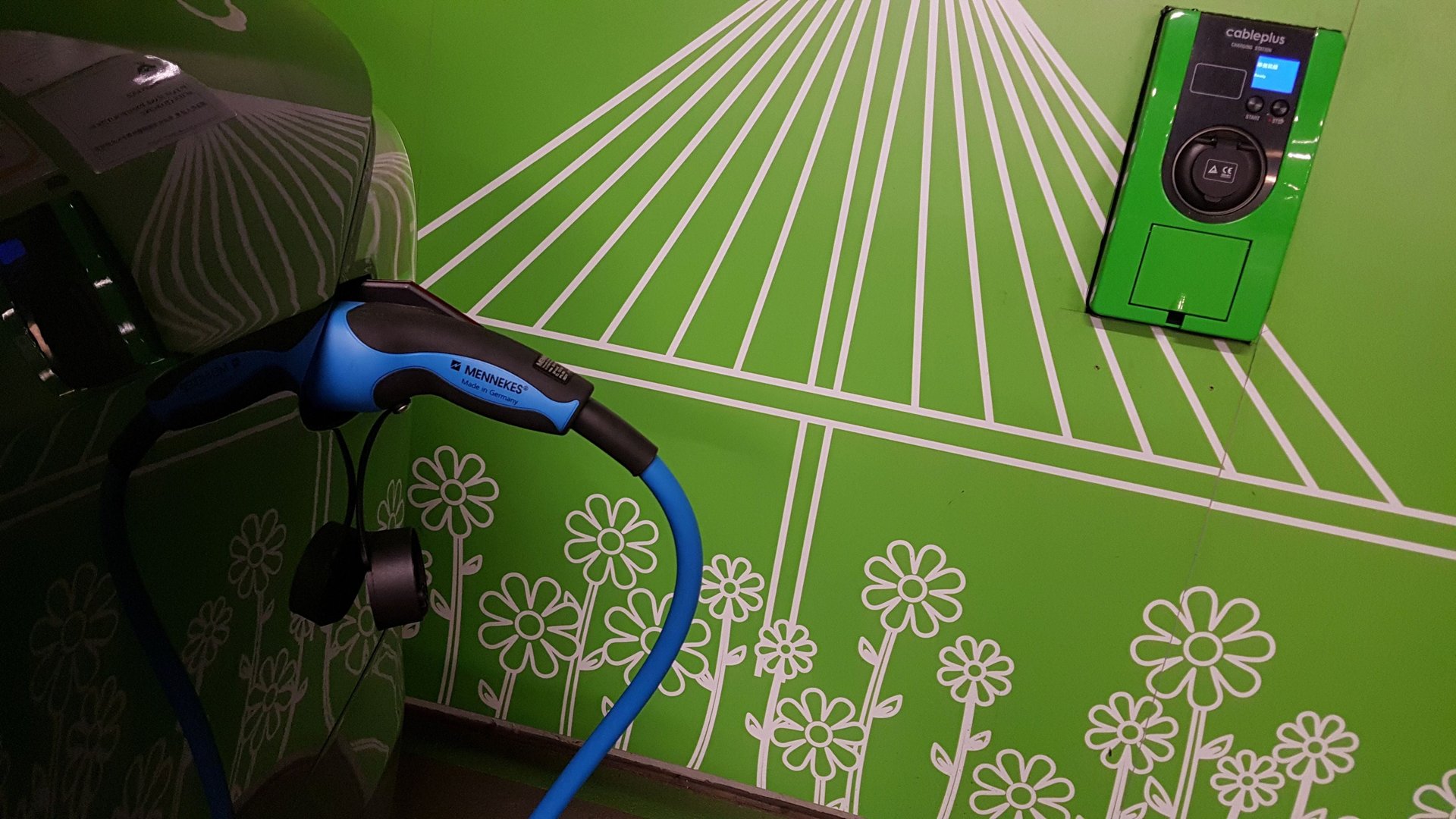China’s using its EV blueprint to promote hydrogen cars
A decade ago, there were almost no electric cars on Chinese roads. Today, the country sells more battery-powered electric cars—upwards of 1 million in 2018 alone—than the rest of the world combined. The Chinese government now wants to do the same for hydrogen-powered cars.


A decade ago, there were almost no electric cars on Chinese roads. Today, the country sells more battery-powered electric cars—upwards of 1 million in 2018 alone—than the rest of the world combined. The Chinese government now wants to do the same for hydrogen-powered cars.
In 2009, China launched a program known as “Ten Cities, Thousand Vehicles” to promote electric vehicles (EVs), with battery electric vehicles (BEVs) and plug-in hybrids (PHEVs) now both widely in use in the public transport and private-car sectors. This year, China’s considering rolling out a similar plan to develop hydrogen-powered cars, or fuel-cell vehicles (FCVs).
China plans to promote FCVs in a number of cities such as Beijing, Shanghai, and Chengdu, Securities Times, a state-backed news outlet (link in Chinese), reported yesterday (Jan. 28). The program to promote FCVs will be following a similar pattern to the plan adopted by China in 2009, the outlet said.
In the Ten Cities plan, China aimed to have 30 cities adding a total of 30,000 new-energy vehicles (NEVs) in three years, with the main focus on public transport. The program has helped popularize BEVs and PHEVs in China, and sales of the vehicles continue to grow rapidly in China, despite a slowdown in car sales in the country in 2018.
FCVs have advantages such as shorter refueling times and longer driving ranges because the chemical process behind them is more efficient than those of BEVs and PHEVs. Their commercialization, however, was limited due to obstacles such as a lack of refueling infrastructure. There were only around 12 hydrogen refueling stations as of 2018 in China, Securities Times said.
There are growing signs that China now wants to promote FCVs. The country’s oldest carmaker, First Automobile Work, announced plans to mass-produce fuel-cell Hongqi cars this year. The Hongqi was a car favored by China’s political elites, including former chairman Mao Zedong. Later, Wan Gang, former science and technology minister and the founder of China’s EV roadmap, advocated in December (link in Chinese) the development of FCVs, especially in public transport. In mid-January, the southern city of Foshan announced a plan to build at least 22 hydrogen refueling stations (link in Chinese) in the city as part of the plan to boost the fuel-cell industry.
The growing interest in FCVs comes at an important juncture for the development of China’s EV market, as the government hopes to rely more on market forces to boost EV use by phasing out subsidies. China’s subsidies for FCVs, however, will remain unchanged until 2020, according to Securities Times.
Looking for more in-depth coverage? Sign up to become a member and read more in-depth coverage of China’s electric-car boom in our field guide.